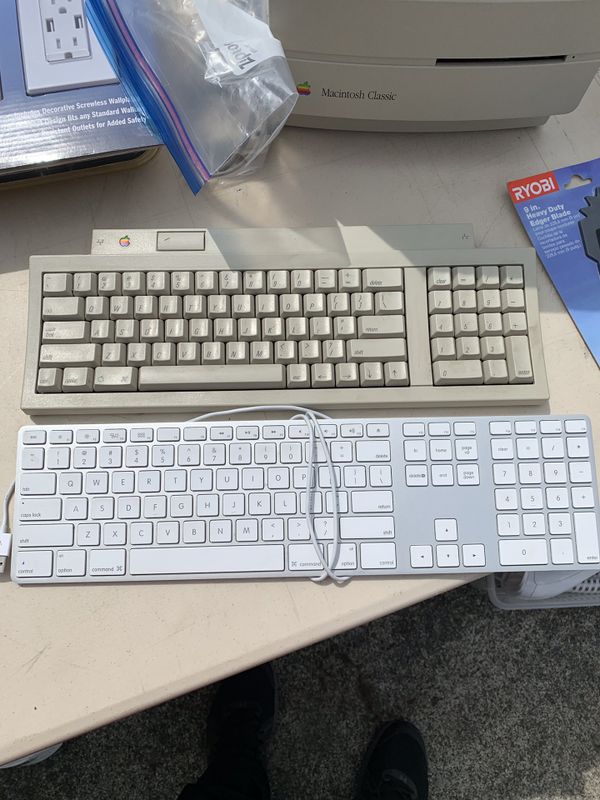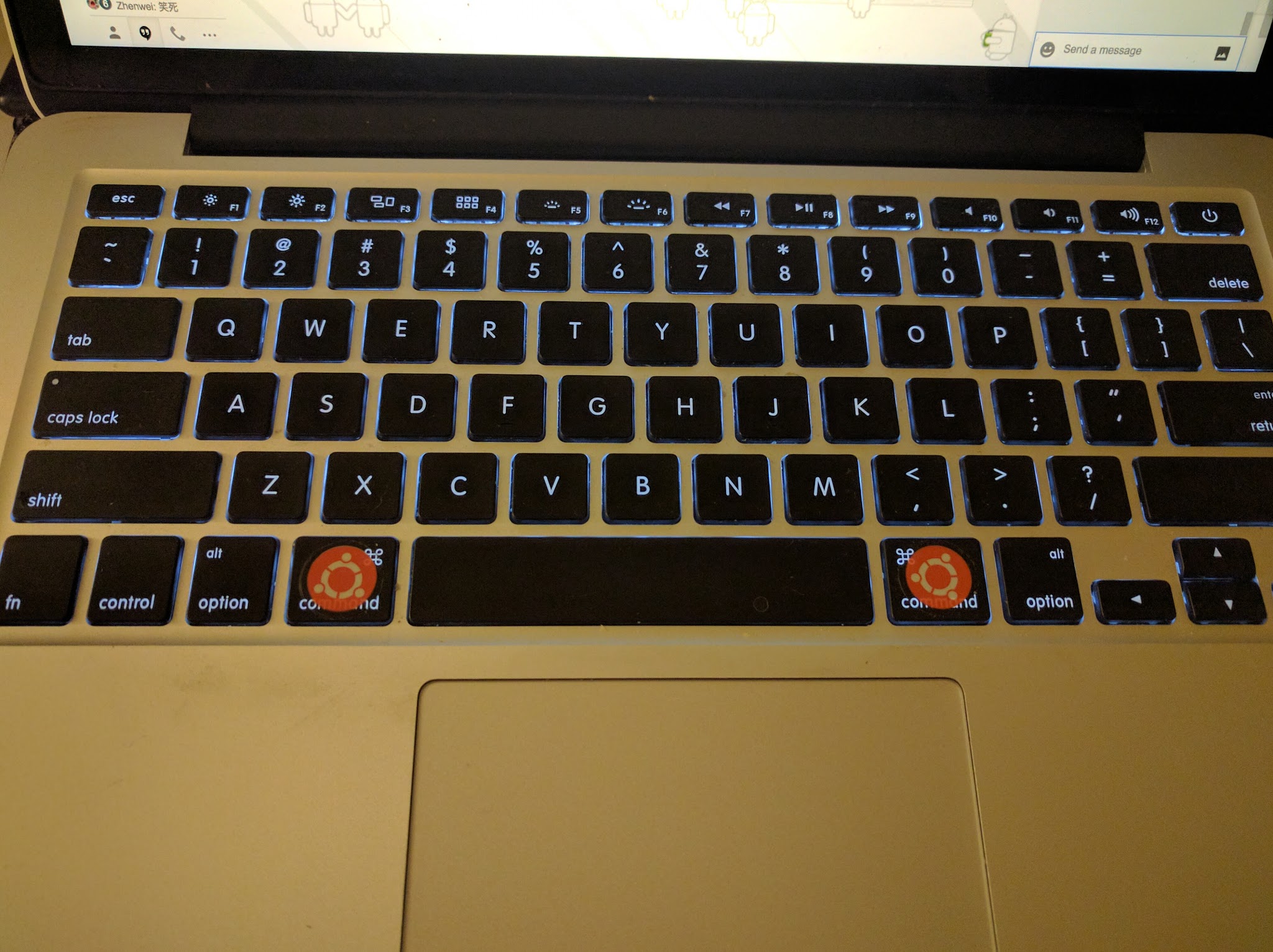



Those ‘other volumes’ are the recover, preboot and virtual volumes. But sometimes, you’ll see part of the box colored gray and the description ‘other volumes in container.’ Recover volume Most of the time, the box looks like the image above. For example, in macOS, your startup container has the main boot volume – usually called Macintosh HD – as well as the Recovery volume, Preboot volume, and volume for virtual memory like swap files.īefore we discuss what 'other volumes' in the container are, let’s look at where the message appears in the Storage tab of About this Mac.Īfter a short time, when macOS has calculated it, you’ll see a colored bar describing how your storage is allocated. As well as having multiple containers on a physical disk, a container can have multiple volumes. APFS gets rid of the concept of partitions and replaces them with containers. In HFS+, the file system replaced by APFS could split a disk into different partitions. One thing we should talk about, though, is 'other volumes' in a container because it might be mentioned on screen from time to time, especially if you use the Optimize Storage feature. When Apple released macOS High Sierra, it introduced a new file system, APFS, and brought lots of under-the-hood changes to the way your Mac stores data, but, thankfully, we don’t need to get into those. But to help you do it all by yourself, we’ve gathered our best ideas and solutions below.įeatures described in this article refer to the MacPaw site version of CleanMyMac X.
#Mac delete key volume download
So here's a tip for you: Download CleanMyMac to quickly solve some of the issues mentioned in this article.


 0 kommentar(er)
0 kommentar(er)
